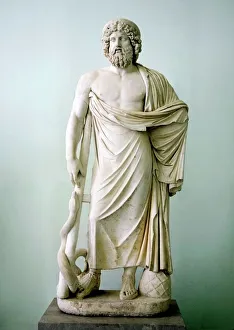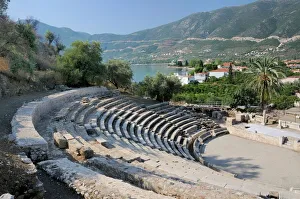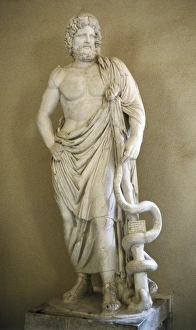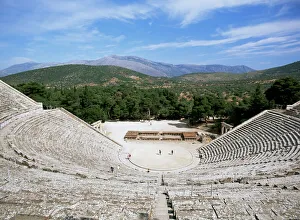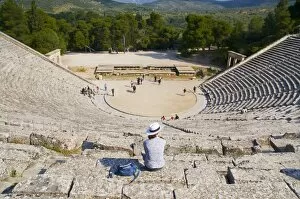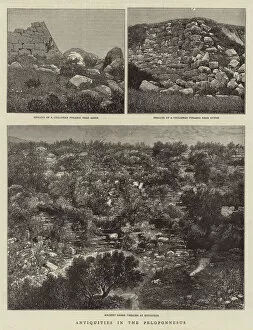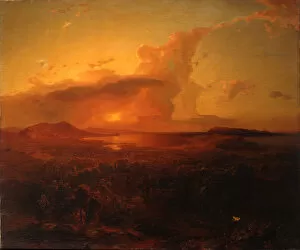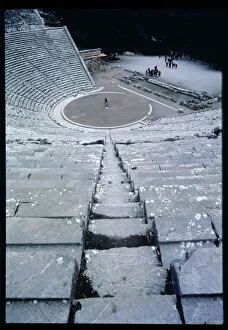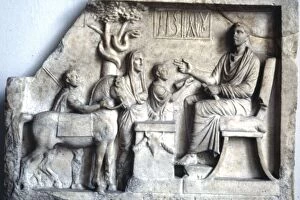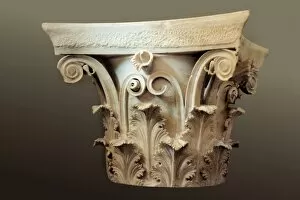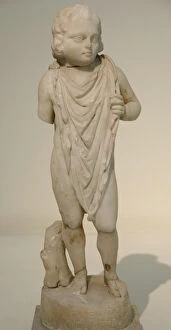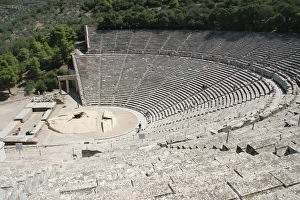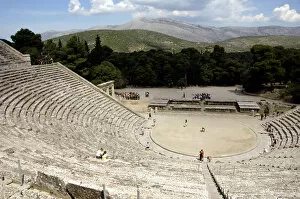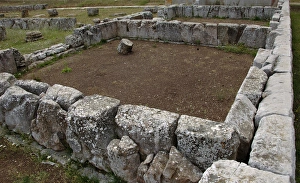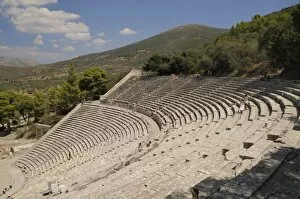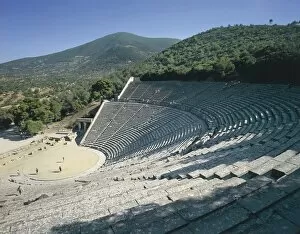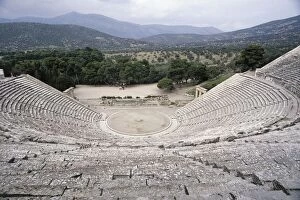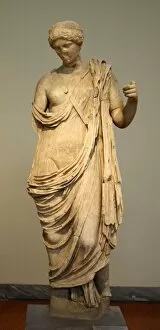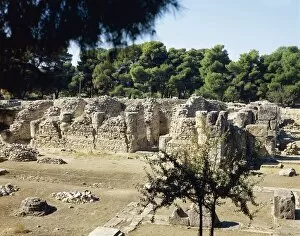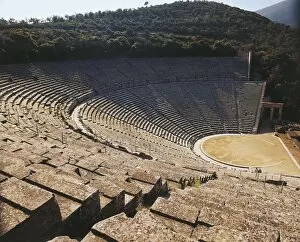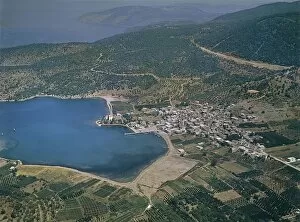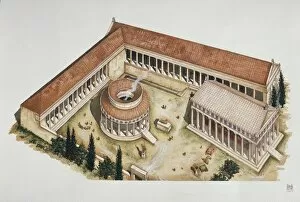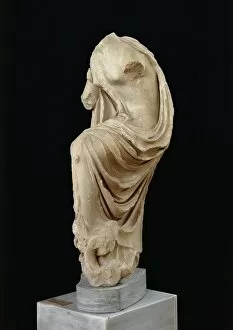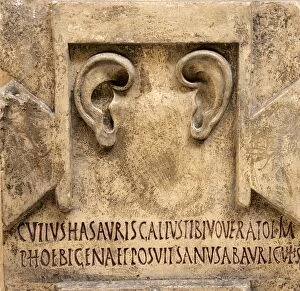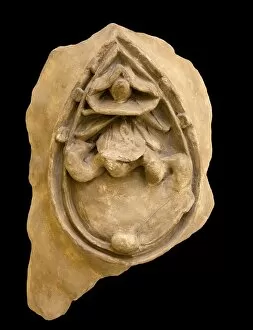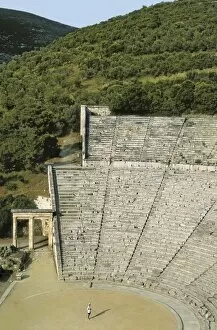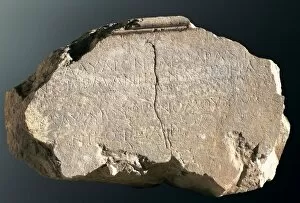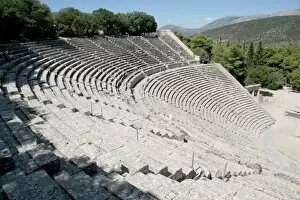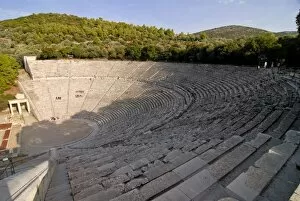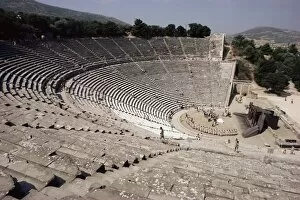Epidaurus Collection
Epidaurus: A Journey through Ancient Greek Art and Architecture Step into the enchanting world of Epidaurus
All Professionally Made to Order for Quick Shipping
Epidaurus: A Journey through Ancient Greek Art and Architecture Step into the enchanting world of Epidaurus, a captivating archaeological site nestled in the heart of Peloponnese, Greece. Here, history comes alive as you explore the remnants of an ancient civilization that thrived centuries ago. As you wander through this remarkable place, your eyes are drawn to the magnificent Roman statue of Asclepius. This iconic figure stands tall, representing healing and medicine in Classical Greek art. Its intricate details tell tales of a bygone era when faith in divine intervention was paramount. The Small Theatre of Ancient Epidaurus beckons you with its grandeur and elegance. Built during the 4th century BC, this ancient Greek theatre is renowned for its exceptional acoustics that still mesmerize audiences today. Imagine sitting amidst these historic stone seats while witnessing breathtaking performances from times long past. Venturing further into Epidaurus reveals more wonders to behold. The ruins of Tholos and Hieron stand as testaments to the architectural brilliance of ancient civilizations. The ceremonial circular tholos transports you back in time, offering glimpses into sacred rituals dedicated to Asclepius - god of healing and medicine. Coins from cities like Ephesus to Gaza showcase how Epidaurus played a significant role in trade and commerce during its prime years. These engravings depict bustling markets where merchants exchanged goods from far-off lands. One cannot miss exploring the temple dedicated to Asclepius himself - a sanctuary where worshippers sought solace and divine intervention for their ailments. Admire the acroterial figure adorning this sacred space; it exudes grace and beauty even after centuries have passed since its creation. Epidaurus is not just an archaeological site but also a testament to human ingenuity and artistic prowess throughout history. It serves as a reminder that our ancestors' legacy lives on through these majestic structures that continue to inspire awe and wonder.

